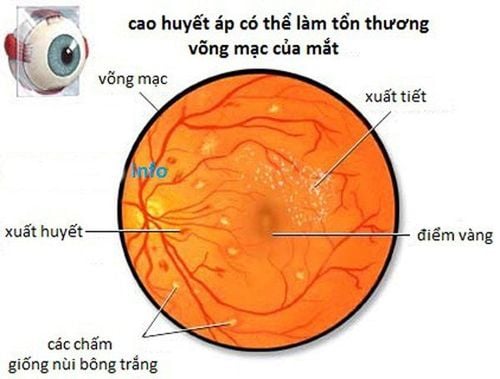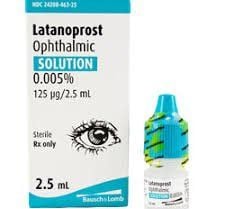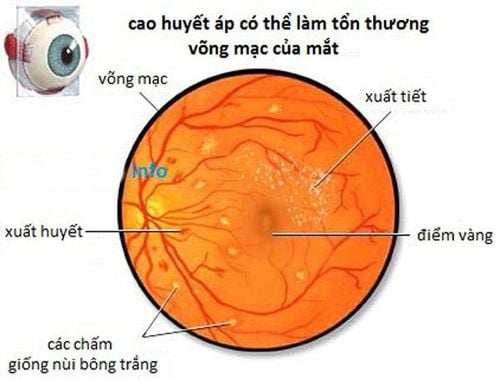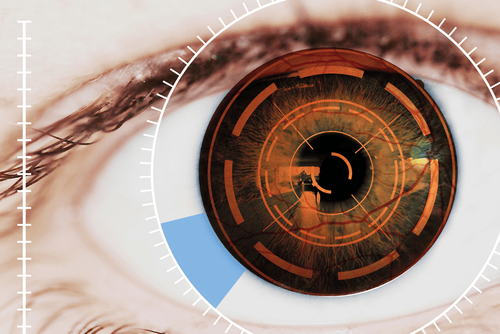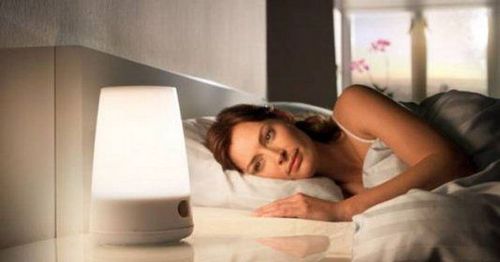This is an automatically translated article.
The article was professionally consulted by Specialist Doctor I Nguyen Thi Bich Nhi - Ophthalmologist - General Surgery Department - Vinmec Nha Trang International General Hospital. The doctor has 10 years of experience in the field of ophthalmology.Blue light from LED lights causes many negative effects on health, affects the brain, reduces sleep quality. Regular exposure to high-intensity blue LED devices is also a cause of serious damage to eye health.
1. Blue light from LED
Blue light is a type of high-energy light. Sources of blue light are becoming more and more common in today's life, coming from a variety of technology products, including computers, televisions, and lamps. Most of us are exposed to blue light from light-emitting diodes (LEDs).Nowadays, with the development of science and technology, more and more people are exposed to blue light from LED lights daily. A 2015 study found that 68% of American adults owned a smartphone and 45% owned a tablet. The study also found that the percentage of Americans who use technology products also varies by age: 86% between the ages of 18-29 and 83% between the ages of 30-49 own a smartphone. A 2013 survey also found that 72% of children aged 0-8 have started using mobile devices to watch videos and play games. This shows that blue light technology has almost become an indispensable part of young people's lives.
2. Risk of damage to eyes and sleep from blue LED light
The blue light from LEDs is present in many consumer products right in front of you. They have the potential to disrupt sleep and lead to eye damage. Specifically, blue light can damage the retina of the eye and disturb the circadian rhythm of sleep. LED products capable of emitting blue light include new generation flashlights, car headlights and certain toys.Recently, the French organization ANSES has confirmed the presence of a condition called "optical effect" when people are exposed to high-intensity blue light for a short time. On the other hand, the risk of macular degeneration in old age also increased after a long period of exposure to lower intensity blue light sources.
Age-related macular degeneration is the leading cause of vision loss in people over 50, causing damage to the macula, a small spot near the center of the retina that allows the eye to see things clearly. . However, protecting the eyes from harmful effects on the retina by using screens, filters and sunglasses that act as "anti-blue light" and maintain the circadian rhythm of sleep is not proven. bright.
Blue light is not a new discovery in the scientific world. Sunlight itself also produces blue rays with higher energy than light at other wavelengths in the light spectrum. Old-fashioned green LEDs can also emit blue light, although the intensity is somewhat lower than that of bulbs or LEDs with energy-saving (fluorescent) functions.
Green LED technology is now catching up with today's rapid economic and technological development and becoming a new light source. For many years they were only used in electronic devices but are now considered an integral part of the lighting system. Today, LED lights are used in a variety of ways, from home to industrial and commercial applications. Furthermore, LED products are being adopted more and more, offering extremely positive effects on energy consumption as they use significantly less electricity than many traditional lighting technologies.
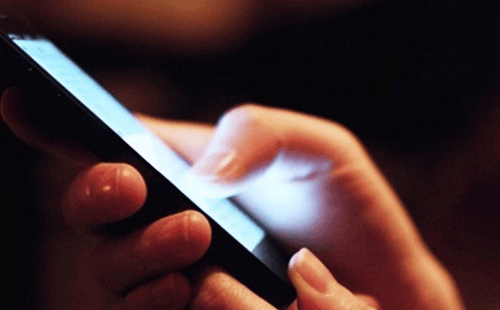
Ánh sáng xanh nguy hại cho mắt và não bộ
However, some studies suggest that exposure to blue light during the day may have beneficial effects in increasing alertness.
According to professor of ophthalmology Janet Sparrow at Columbia University, fluorescent molecules cause the retina to accumulate a waste product called "lipofuscin." This substance accumulates more and more over the years and becomes sensitive. Sensitivity to blue light This condition can lead to bad optical reactions to the eyes in the long run.
3. Prevent harmful effects of blue light
A 2017 review study suggested that sunglasses and filters may not provide protection against blue light. This study also looked at the potential benefits and harms of "anti-blue light" lenses, which are supposed to protect against damage from light. The results of these products lack evidence to prove effective in improving vision or sleep quality, reducing eye strain or protecting "macular" health.However, in general, glasses Sunglasses block ultraviolet rays and yellow lenses should be preferred because they will also reduce the amount of blue light reaching the retina.
To prevent the harmful effects of blue light, Reduce blue light exposure time to a minimum.In addition, consumers should only use low-risk LED devices and should reduce the brightness of car headlights.

Hạn chế cho trẻ tiếp xúc với điện thoại thông minh hay máy tính bảng
Please dial HOTLINE for more information or register for an appointment HERE. Download MyVinmec app to make appointments faster and to manage your bookings easily.
Reference source: Webmd.com



